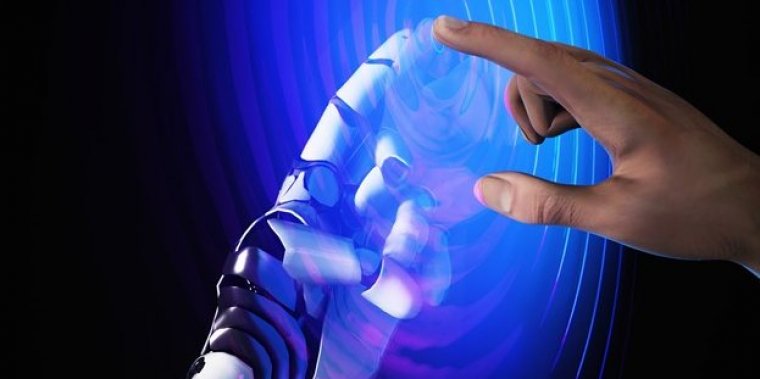| News / Science News |
New law of physics helps humans and robots grasp the friction of touch
Although robotic devices are used in everything from assembly lines to medicine, engineers have difficulty accounting for the friction that occurs when robots grip objects -- particularly in wet environments. Researchers have discovered a law of physics that accounts for this type of friction and may advance a wide range of robotic technologies.

Researchers have discovered a law of physics that accounts for the friction of touch. Photo: NCSU
"Our work opens the door to creating more reliable and functional devices in applications such as telesurgery and manufacturing," said Lilian Hsiao, a chemical and biomolecular engineer at North Carolina State University and corresponding author of a paper on the work.
At issue is something called elastohydrodynamic lubrication (EHL) friction, the friction when two solid surfaces contact a thin layer of fluid between them.
This includes the friction that occurs when rubbing fingertips together, with the fluid being the thin layer of naturally occurring oil on the skin. It could also apply to a robotic claw lifting an object that has been coated with oil, or to a surgical device used inside the human body.
One reason friction is important is that it helps humans to hold things without dropping them.
"Understanding friction is intuitive for humans -- even when we're handling soapy dishes," said Hsiao. "But it is extremely difficult to account for EHL friction when developing materials that control grasping capabilities in robots."
Engineers need a framework that can be applied uniformly to a wide variety of patterns, materials and dynamic operating conditions. And that is exactly what these researchers have discovered.
"This law can be used to account for EHL friction and can be applied to many different soft systems -- as long as the surfaces of the objects are patterned," said Hsiao. In this context, surface patterns could be anything from the slightly raised surfaces on the tips of our fingers to the grooves in a robotic tool. (National Science Foundation)
YOU MAY ALSO LIKE





